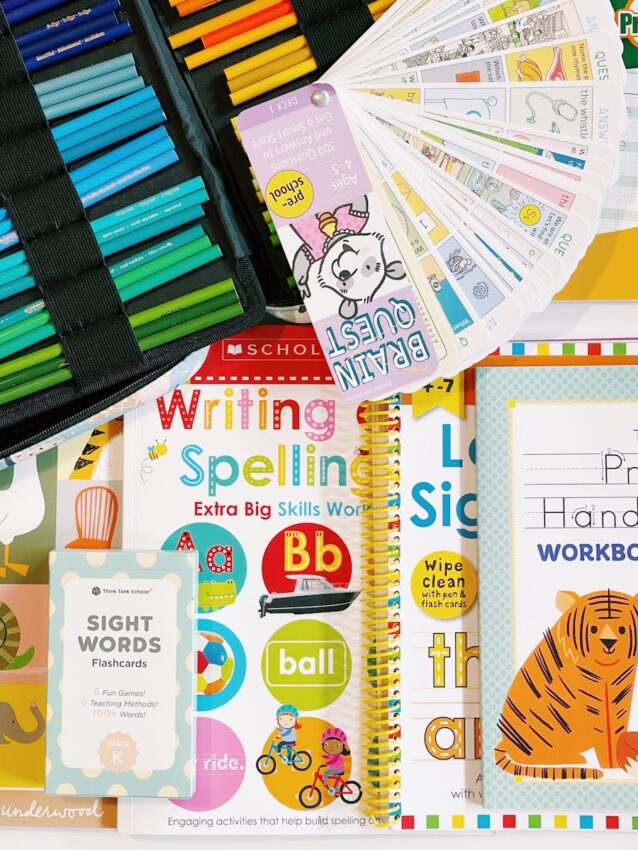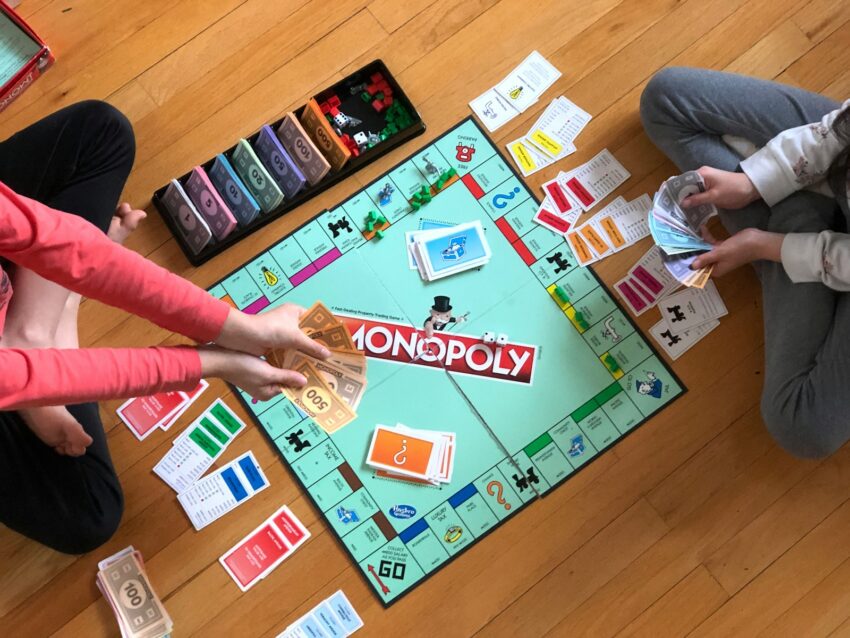As a homeschooling mom, one of my biggest goals is to keep my kids engaged while making sure they’re actually learning. Some days, worksheets and textbooks work just fine, but I’ve learned that when I incorporate gamified learning into our homeschooling routine, the energy in our home completely changes. My kids look forward to lessons, and I see them absorbing new information faster than ever.
Watch this Video to Learn About Gamified Homeschool Learning

Gamified learning is more than just playing games—it’s about using game elements to transform everyday lessons into interactive, motivating experiences. From earning points for completing math problems to racing against the clock for spelling words, gamification taps into children’s natural love of play and challenge.
What is Gamified Learning?
Gamified learning uses principles from games—like point systems, levels, challenges, or rewards—and applies them to education. In homeschooling, this might look like creating a math treasure hunt, using an online platform with badges and leaderboards, or setting up a family trivia night on history topics.
The key is that kids aren’t just passively receiving information. Instead, they’re actively participating, competing (sometimes with themselves), and working toward clear goals. It gives them an immediate sense of achievement, which boosts motivation and confidence.

How Gamified Learning Works
Gamified learning works by engaging both the logical and emotional sides of the brain. When children play games, they feel excitement, anticipation, and pride when they win or improve. This emotional response strengthens memory and helps them retain what they’ve learned.
For example, when my son practices multiplication with a timed challenge, he’s not just memorizing numbers—he’s training his brain under a little bit of pressure, which makes him more confident during real math tests. The game setting also lowers resistance, turning what could feel like “work” into something enjoyable.

Why Gamified Learning Works in Homeschooling
One of the biggest advantages of homeschooling is flexibility, and gamified learning thrives in that environment. In a traditional classroom, teachers often have limited time and resources to customize lessons. At home, we can tailor games to fit our children’s unique interests and learning styles.
Gamified learning works because:
- It boosts motivation by rewarding progress.
- It turns repetitive tasks into fun challenges.
- It helps kids stay focused for longer periods of time.
- It encourages problem-solving and critical thinking.
- It reduces stress, since kids often view games as play rather than pressure.
- For homeschooling parents like me, this means less frustration and more excitement around daily lessons.
Strategies to Gamify Learning at Home
Here are some simple strategies I use to bring gamified learning into our homeschool routine:
- Point and Reward Systems – Kids earn points for completing tasks or mastering skills. At the end of the week, points can be exchanged for small rewards like choosing a family activity or extra playtime.
- Levels and Badges – Similar to video games, kids “level up” as they master subjects. I use printable badges or stickers as tangible rewards.
- Timed Challenges – Math facts, spelling words, or vocabulary can become exciting when paired with a timer. Kids try to beat their own personal records.
- Trivia and Quizzes – We turn history and science lessons into trivia games, complete with buzzers or team competitions.
- Board Game Integration – Classic games like Scrabble, Monopoly, or card games can be adapted for spelling, math, or strategy practice.
- Online Learning Apps – Platforms like Prodigy, Kahoot, or Quizizz bring interactive and gamified learning into subjects like math, science, and language arts.

Methods Homeschooling Parents Can Try
Gamified learning doesn’t have to mean buying expensive tools—it’s about creativity and consistency. Here are some methods homeschooling parents can try:
- Homemade Board Games: Create your own board with questions or flashcards related to your current unit. Move spaces forward when your child answers correctly.
- Escape Room Style Learning: Design puzzles or riddles that lead to clues, with the final challenge unlocking a “prize” or certificate of completion.
- Digital Gamification: Incorporate online games that track progress and let kids earn achievements while practicing key skills.
- Story-Based Learning Games: Turn lessons into adventures where your child is the main character solving problems to move the story along.
- Collaborative Family Games: Involve siblings or parents in team-based challenges. Kids love the extra competition and encouragement.
Recommended Gamified Learning Apps and Printable Tools
If you’re ready to bring gamified learning into your homeschool, here are some tools that make it easy to get started:
- Prodigy Math Game – A free, fantasy-style math game where kids solve math problems to progress through adventures. Parents can track progress and assign skills.
- Kahoot! – An interactive quiz platform where you can create your own lessons or use ready-made quizzes. Perfect for family competitions.
- Quizizz – Similar to Kahoot, but with self-paced learning. Kids earn points and compete while reviewing key concepts.
- SplashLearn – A math and reading app designed for younger learners that uses rewards, badges, and characters to keep kids motivated.
- Printable Badge Systems on Etsy or Amazon – Parents can print or purchase badge kits where kids earn stickers or patches for mastering skills.
- DIY Escape Room Printables – Available on Amazon or teacher resource sites, these kits let you turn lessons into exciting problem-solving adventures.
Gamified learning has transformed our homeschooling experience.
It works because kids are naturally wired to enjoy play and thrive on challenges. By bringing in point systems, levels, rewards, and interactive games, we make education exciting and memorable.
For homeschooling moms like me, gamification isn’t about replacing traditional teaching—it’s about enhancing it. The goal is to create a learning environment where our children stay motivated, curious, and confident. With just a little creativity, we can turn everyday lessons into opportunities for fun and growth.
